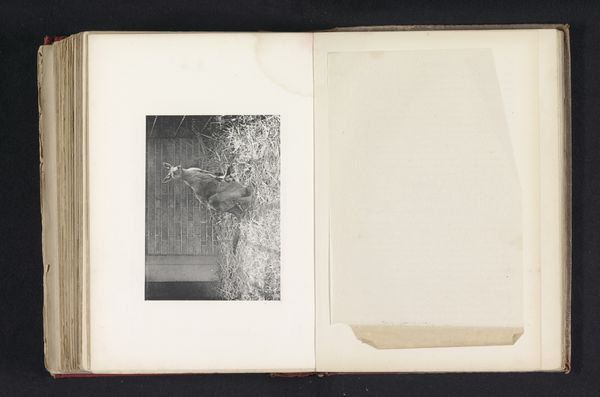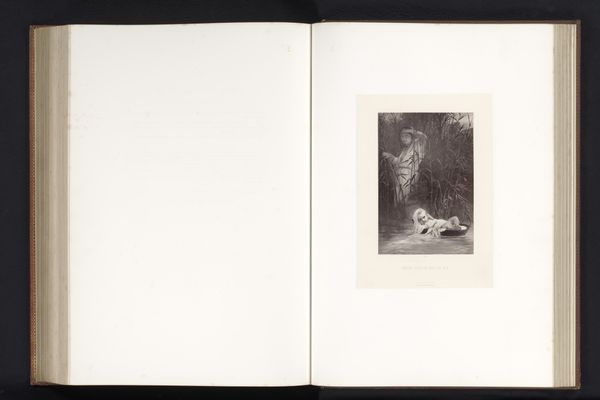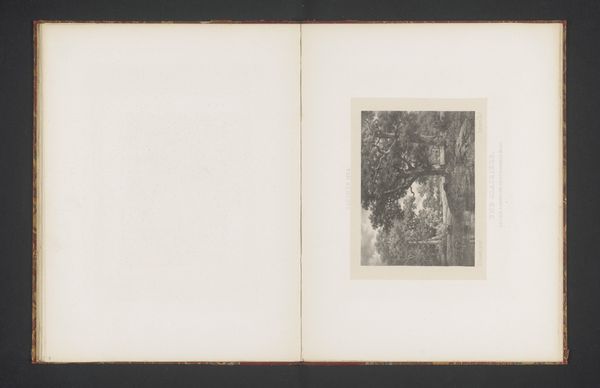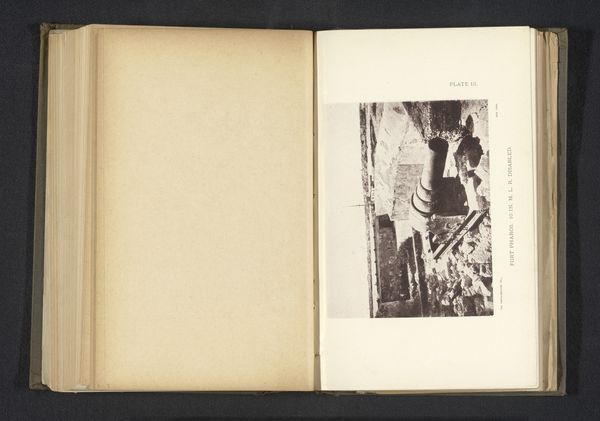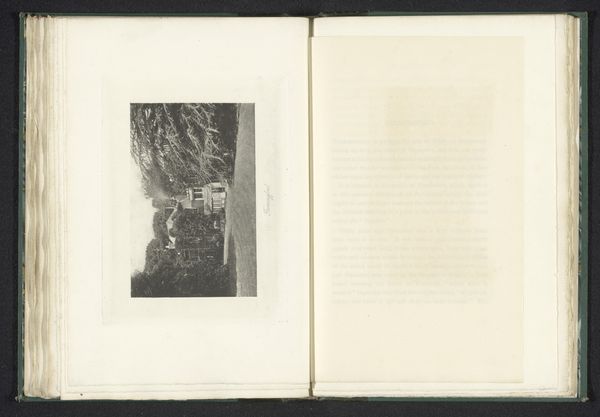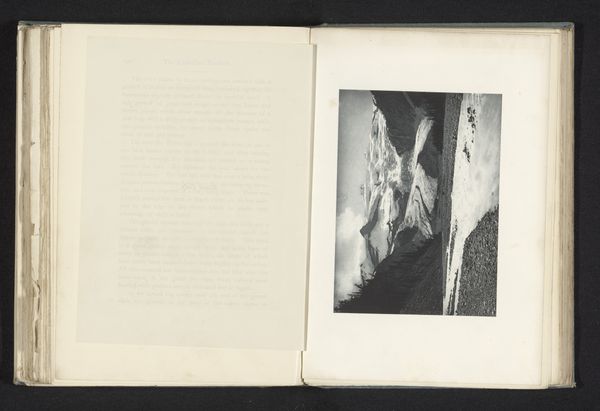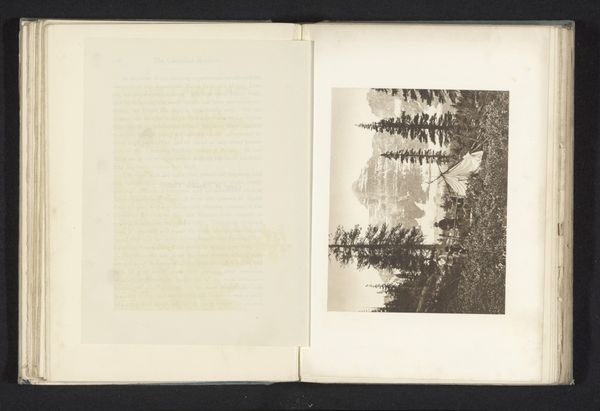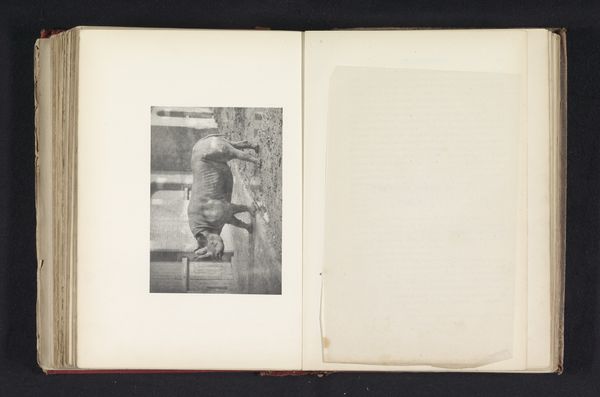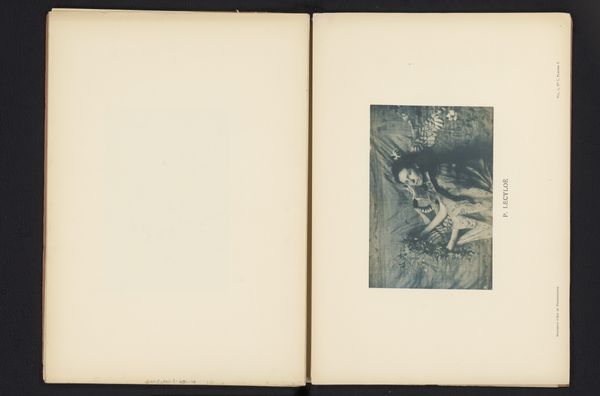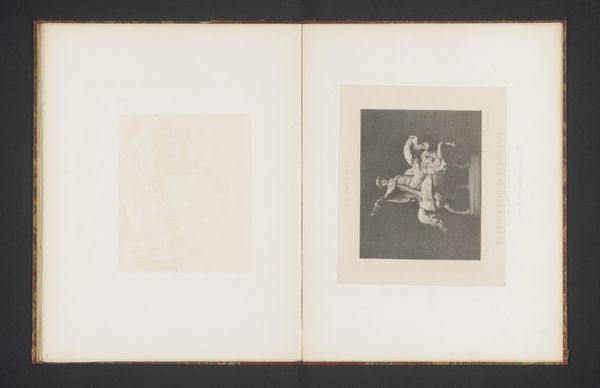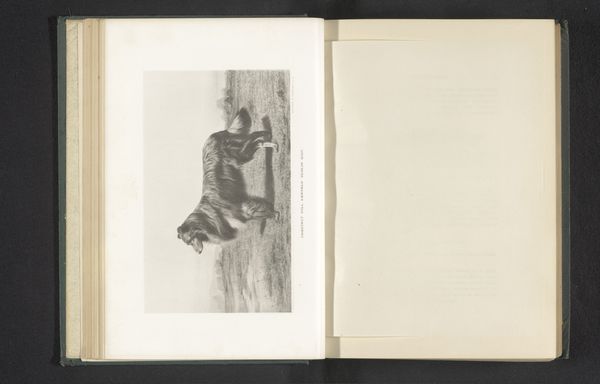
photography, gelatin-silver-print
#
still-life-photography
#
landscape
#
photography
#
gelatin-silver-print
#
realism
Dimensions: height 100 mm, width 144 mm
Copyright: Rijks Museum: Open Domain
Curator: This compelling image, titled "A Puma," is a gelatin-silver print, dating to before 1886. It's the work of Thomas James Dixon, and currently resides here at the Rijksmuseum. Editor: The stillness is what strikes me initially. There's a certain placidity in the puma’s gaze, yet the monochrome tones hint at something far wilder lurking underneath. Curator: Dixon’s choice of photography, particularly at this stage of its development, provides insights into the cultural perception of nature at the time. Think about the materials: the photographic chemicals, the paper… all industrially produced, capturing an animal often seen as a symbol of untamed wilderness. What does that say about humanity's relationship with the natural world back then, especially regarding its attempted conquest or framing? Editor: It speaks to a kind of scientific curiosity mingling with the colonial gaze. These early photographic expeditions often played a role in classifying and, in a sense, controlling the ‘other,’ be it land, people, or wildlife. Was this image meant to evoke awe or promote dominance? Curator: A complex relationship for sure. But considering the work itself, one has to admire Dixon's technique. The focus is superb for such an early gelatin-silver print, and the framing places the animal firmly within its habitat. The tonal range, despite being black and white, manages to suggest the animal's weight and presence almost tangibly. How the social perception would differ compared to more noble depiction via classic fine art! Editor: It does offer a compelling snapshot—pun intended!—of the Victorian era's attempts to reconcile the beauty and perceived threat of wild animals, packaging the reality of an untamed beast into a readily consumed image, mass-produced by way of silver and gelatin, thus stripping from it its former ungraspable image. The question remains, who did such representations of wild animals serve and who did they fail? Curator: I appreciate you raising that ethical angle, since at its heart the work makes us ponder who, if anyone, benefited from wildlife photo shoots. Editor: Definitely something to take away with us today.
Comments
No comments
Be the first to comment and join the conversation on the ultimate creative platform.
